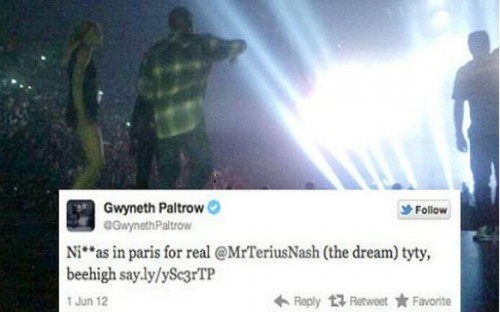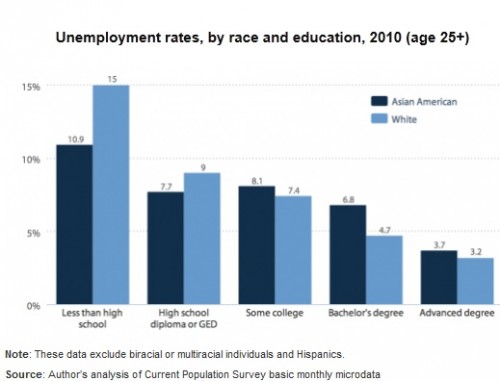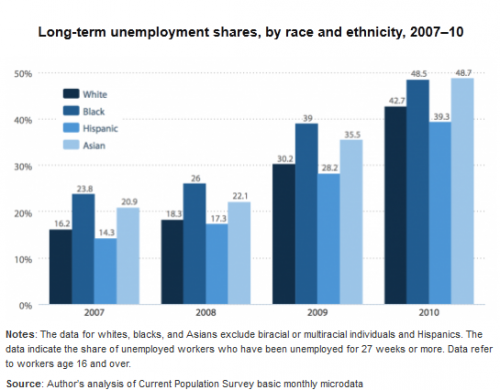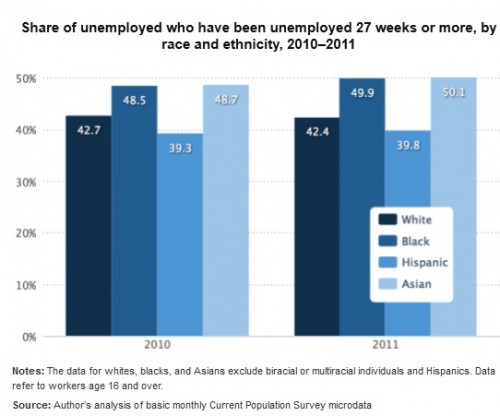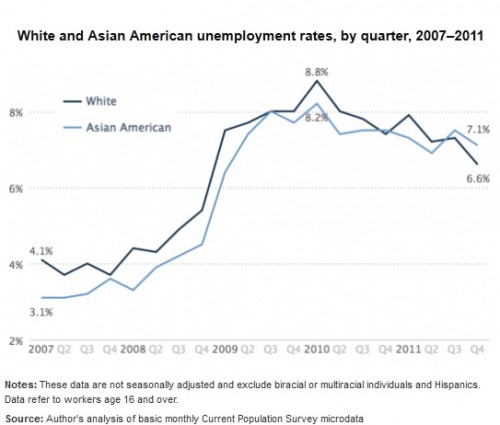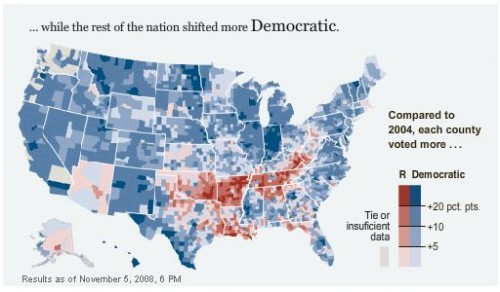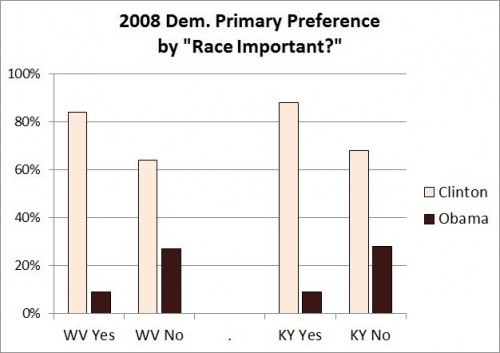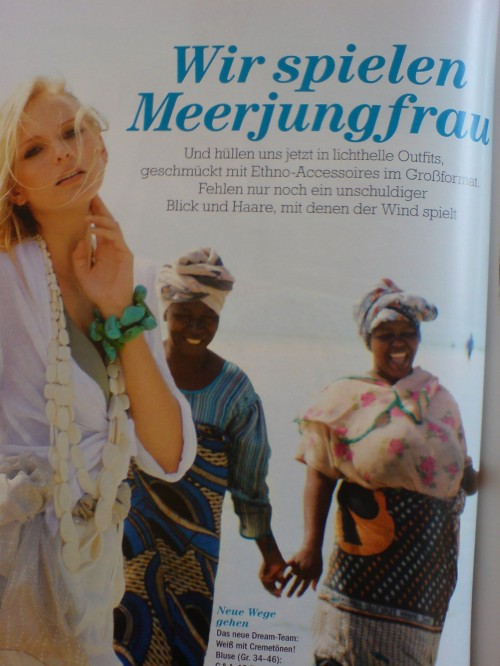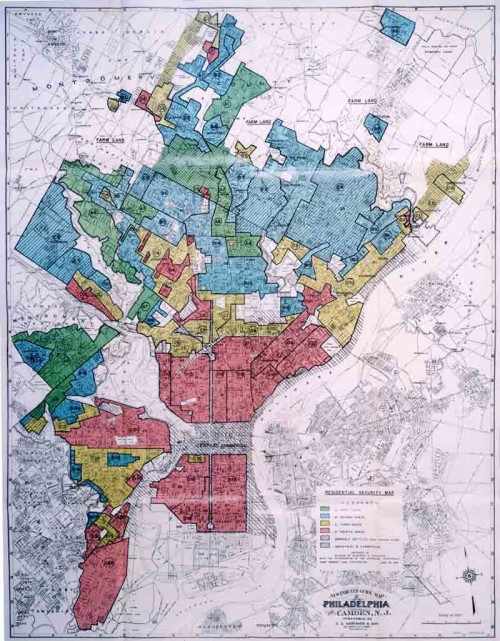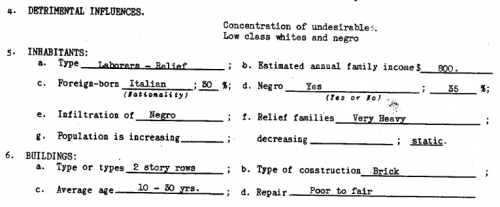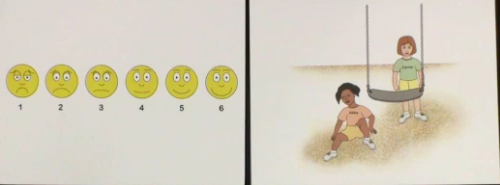Identifying as Republican is strongly associated with religiosity in the U.S., so much so that people often use the term “Republican” and “Religious Right” interchangeably. Indeed, religious people are more likely to be politically conservative overall, but a Gallup poll shows that this relationship is moderated by race. The figure below cross-tabulates religiosity for four racial/ethnic groups with the likelihood of affiliating with the Democratic or Republican party or neither. You can see that the typical relationship — religion/Republican and no religion/Democrat — holds for all groups, except for African Americans.
At Gallup, Frank Newport writes:
Asian and Hispanic Americans, regardless of religiousness, are more likely to identify as Democrats than Republicans. But the Democratic advantage goes from 14 points among very religious Asians to 44 points among nonreligious Asians. The differences are less substantial among Hispanics; very religious Hispanics are more likely to identify themselves as a Democrats than Republicans by 20 points, while nonreligious Hispanics are more likely to identify themselves as Democrats by a larger 36-point margin.
Personal religiousness makes little difference among blacks, however, as the powerful partisan pull of Democratic identification among black Americans trumps any influence of religion.
The report is a great example of the importance of doing intersectional analyses. When you pull groups apart (by, say, adding race when looking at the relationship between religion and politics), you often find that a more generalized examination is hiding interesting details.
Lisa Wade, PhD is an Associate Professor at Tulane University. She is the author of American Hookup, a book about college sexual culture; a textbook about gender; and a forthcoming introductory text: Terrible Magnificent Sociology. You can follow her on Twitter and Instagram.


